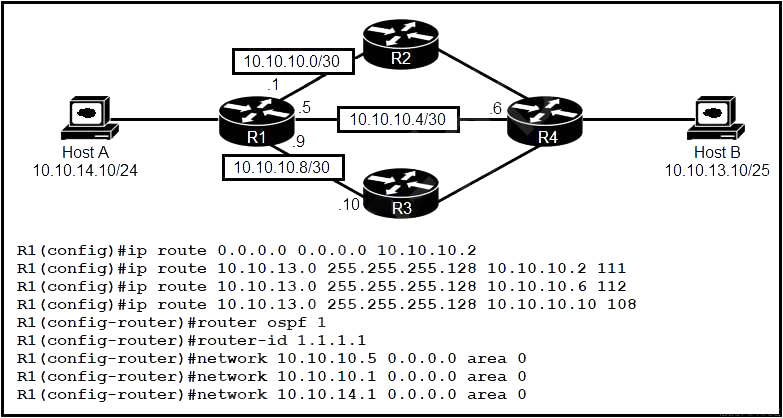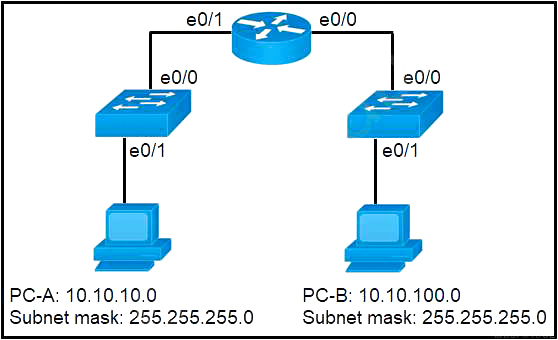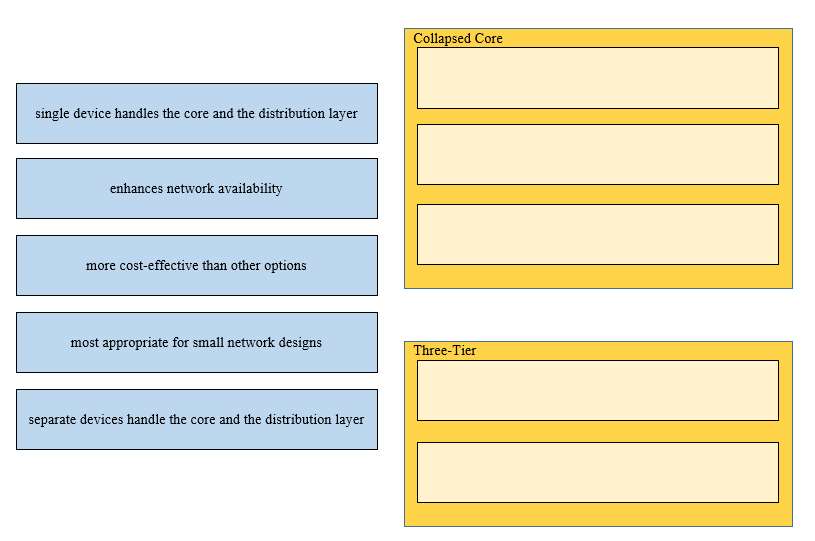Which two network actions occur within the data plane? (Choose two.)
A. Run routing protocols.
B. Make a configuration change from an incoming NETCONF RPC.
C. Add or remove an 802.1Q trunking header.
D. Match the destination MAC address to the MAC address table.
E. Reply to an incoming ICMP echo request.
A. Run routing protocols.
B. Make a configuration change from an incoming NETCONF RPC.
C. Add or remove an 802.1Q trunking header.
D. Match the destination MAC address to the MAC address table.
E. Reply to an incoming ICMP echo request.


